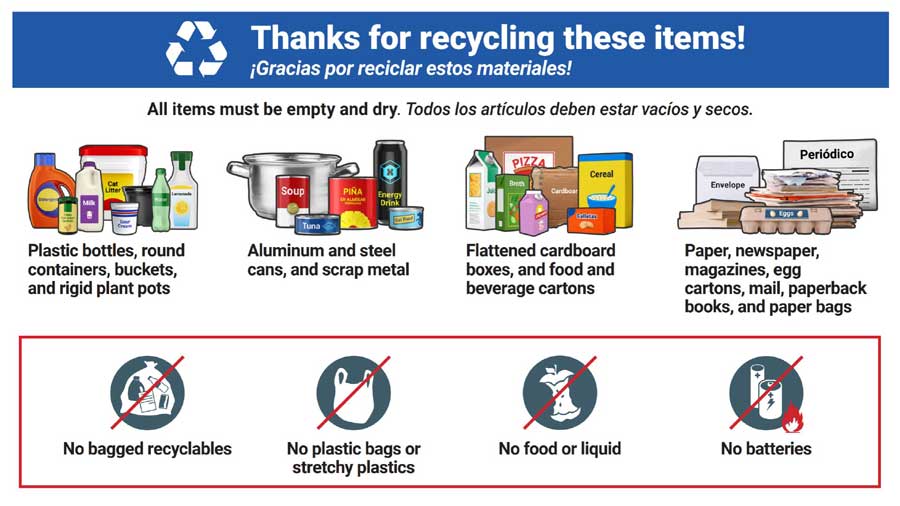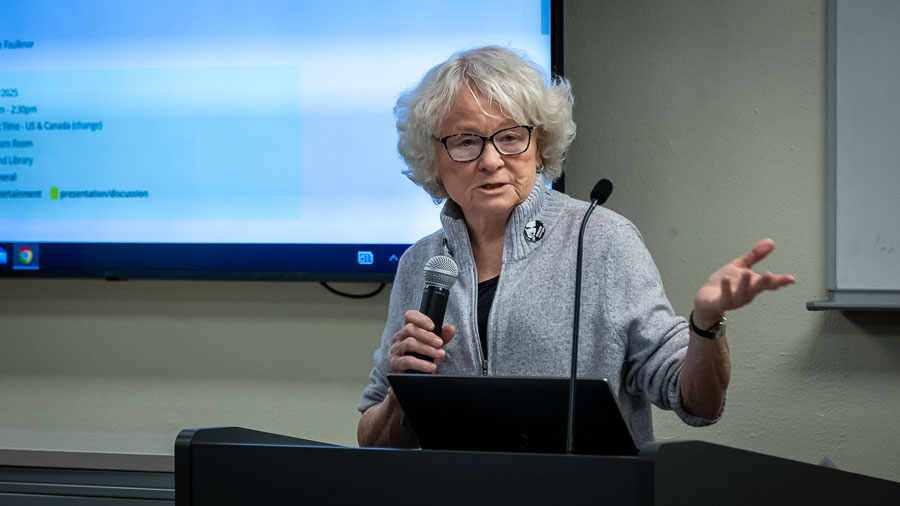GUEST COLUMN: Human factor at risk in Measure 110 talks
Published 6:15 am Friday, February 23, 2024

- Guest Column logo
Measure 110 represents an idea that puts Oregon on the cutting edge of behavioral health, yet as the legislative session continues it has become a target for both the left and right.
In the struggle to define a path forward, it seems as though the conversation has shifted from what is humane to what is feasible. Our elected leaders must keep in mind the human cost as they decide the fate of a law that has the potential to dramatically shift the battle against substance use disorder.
To be fair, the debate over Measure 110 has been raging since the law was first introduced. Conservatives called it soft on crime while progressives contended that it offered redress for the harms of the war on drugs. Since implementation, both sides have had the opportunity to air their grievances.
In the meantime, data has become available that provides some objective measures with which to determine the efficacy of the law.
Unfortunately, the data have proven inconclusive. There are academic papers that provide fodder for both sides. Studies have concluded that Measure 110 has either contributed no new deaths or 182 deaths, depending on the source one decides to pursue.
What is not up for debate is that overdose deaths in Oregon have gone up since the passage of the law. Identifying the cause of this increase, however, seems to be determined by which side of the debate one falls on.
The crux of the issue seems to rest on the perception of efficacy. As Measure 110 has taken effect, citizens of Oregon have had to contend with other elements that have had an impact on health factors related to substance use disorder such as the pandemic, the widespread introduction of fentanyl, and what seems to be a perpetually deepening houselessness crisis.
These components, in addition to an underdeveloped behavioral health system, have clouded the altruistic aims of Measure 110.
For better or for worse, this is the situation Oregon faces. How does the state continue to provide humane treatment to people suffering while reconciling political differences around a law that was implemented with the best of intentions? Opioid deaths have reached a fever-pitch, and our jails are overcrowded. Stepping backwards to recriminalizing addiction is not the in the best interests of Oregon’s citizens.
So how does Oregon move forward? The solution is a return to the spirit of Measure 110. Lawmakers must ensure that a medical model of addiction continues to provide the foundation for policy.
In addition, keeping addicts out of the criminal justice system needs to be a part of the discussion moving forward. Conservatives will argue that interaction with police is what motivates people to change. But how often do people make the best decisions when a gun is pointed at their head?
There is movement in the legislature to address the shortcomings of Measure 110. It is the opinion of the Crisis Response Network’s Community Engagement Committee that any of these developments must take a person-centered, trauma-informed approach to resolving the overlapping crises in Oregon. Without that, we lose touch with the very human costs of our attempts to resolve social ills.
Lawmakers must ensure that our fellow citizens are given the behavioral health tools to address psychological difficulties without the threat of criminality. Addicts are not criminals. They are our neighbors, members of our communities who deserve the same rights to treatment as any other.










